45 years ago, the satellite Charon was discovered orbiting Pluto. Together, they form one of the most remarkable objects known to astronomers: a binary dwarf planet. Considering the origins of the names of these two objects and the conditions on their surfaces, they can be regarded as the hellish realm, the realm of the dead in the Solar System.
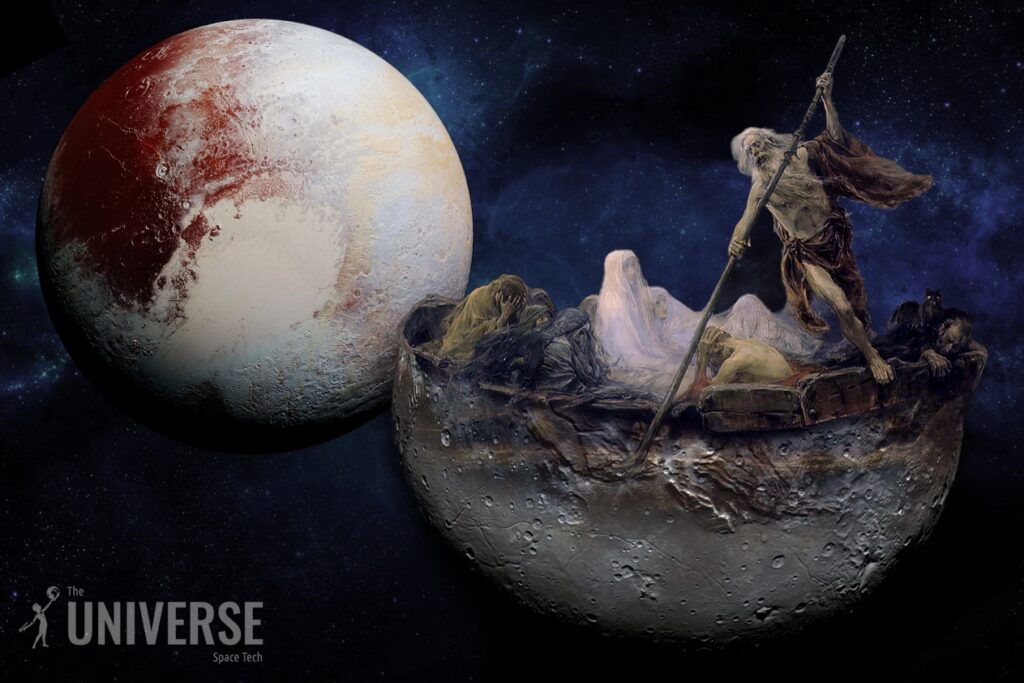
Discovery of Charon
Since its discovery in 1930, Pluto has intrigued scientists with its peculiarities. It was initially found to have an elongated and highly inclined orbit, and at times, it comes closer to the Sun than Neptune. It was also realized that in terms of size, this object could be compared to the Moon, falling far short of the “giant planets.”

However, on June 22, 1978, scientists realized that they had not yet noticed the most interesting feature of Pluto. On this day, American astronomer James Christy noticed that the dwarf planet appeared slightly elongated in some photographs, with the elongation appearing and disappearing with a period of about a week. The scientist concluded that this phenomenon was due to the presence of a Plutonian satellite.
Initially, Christy wanted to name this satellite after his wife, Sharon, but he understood that the International Astronomical Union would not allow such a name. Therefore, he began exploring all possible names associated with the god of the underworld, Pluto, and settled on Charon—a character from ancient mythology who ferried the souls of the deceased across the river Styx.
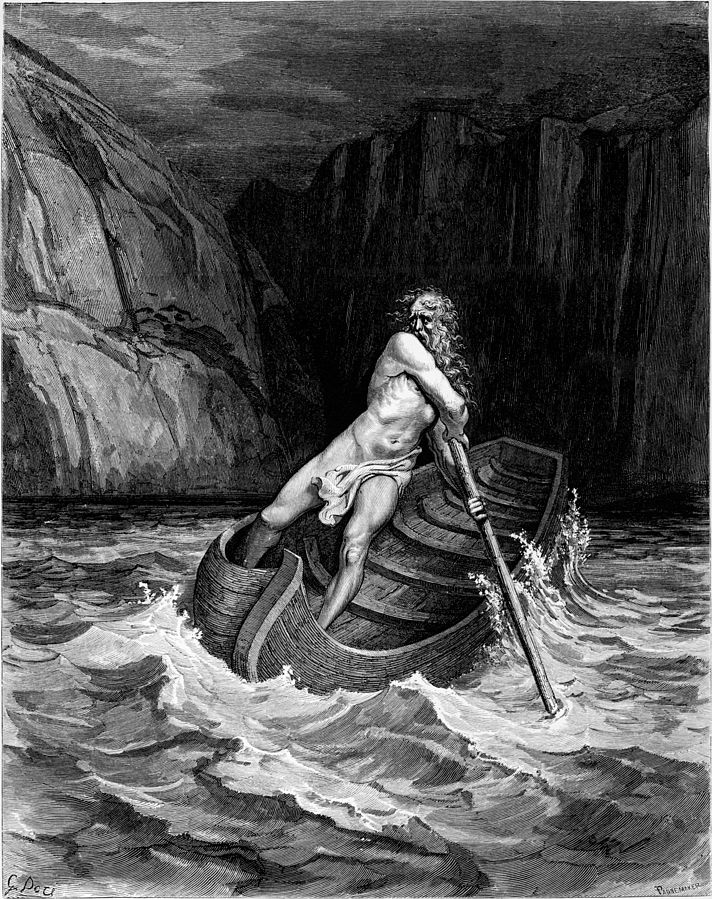
“Charon” sounds quite similar to “Sharon,” so this variant was liked by everyone and later became the official name of the celestial body.
Binary Planet
Charon surprised scientists almost immediately. Christy determined that its rotation period around Pluto is 6.387 days, and subsequent research revealed that its orbit has a radius of approximately 19,600 km, which is nearly 20 times smaller than the average distance between the Moon and Earth.
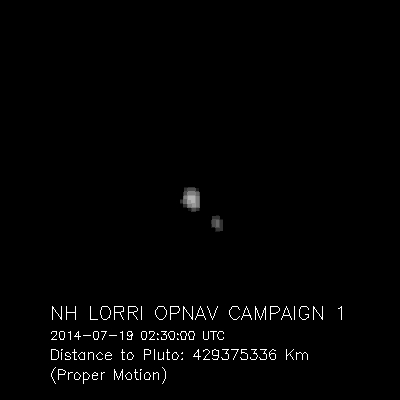
Later, scientists learned that the diameter of Charon is 1212 km, which is only half the size of Pluto. No other planet in the inner Solar System has such a ratio of mass and distances with its satellites. However, as it was discovered in the 21st century, this pattern is characteristic of many objects in the Kuiper Belt.
Therefore, it would be incorrect to say that Charon orbits around Pluto. In reality, both celestial bodies rotate around their common center of mass. Due to this, they were considered a binary planet for some time.
In the early 2000s, astronomers were musing what to do with Eris and other large bodies discovered beyond the orbit of Neptune. There were proposals to recognize them as planets as well. However, another idea prevailed, and the category of dwarf planets emerged. Charon officially remained Pluto’s satellite, but scientists decided that the status of this remarkable binary system would be further considered separately.
Frozen Hell
Until 2015, scientists knew very little about the double system of Pluto and Charon, except that it was extremely cold there. One could argue that hell should be hot, but this applies to not all mythologies. The Scandinavian realm of the dead, Helheim, for example, is incredibly cold.
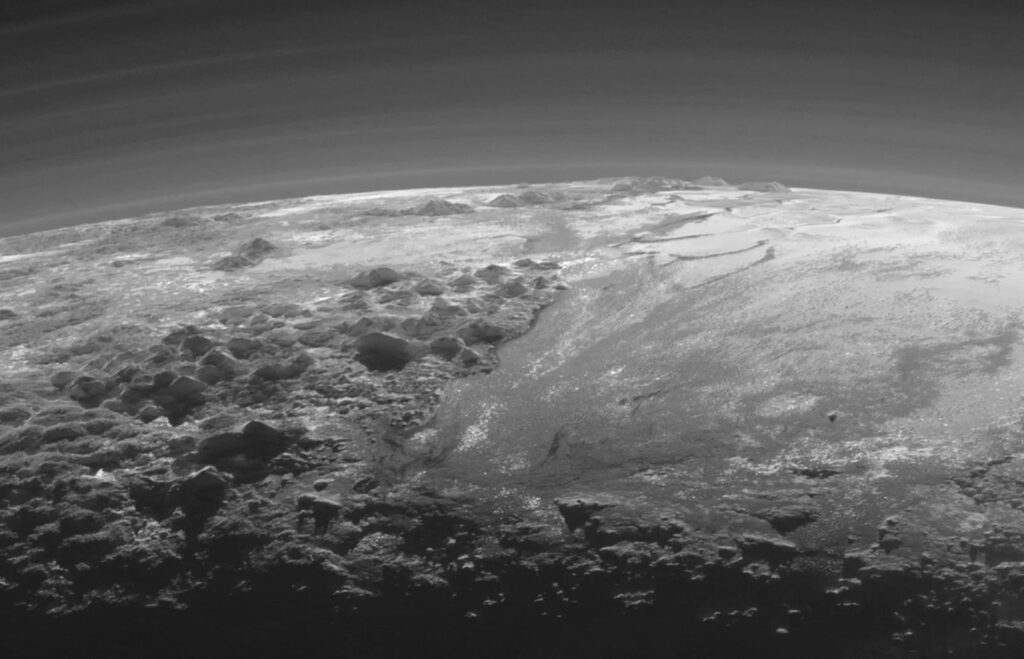
The temperature on the surface of both bodies is only 40-60 K, which corresponds to 233-213 degrees below zero Celsius. Under such conditions, not only water and air, but also most gases transition into a solid state. Therefore, when the New Horizons spacecraft flew by the Pluto-Charon system in 2015, it was discovered that their surfaces are composed of various types of ice: nitrogen, methane, water, and frozen carbon monoxide (carbon monoxide ice).
All these gases slowly evaporate and form barely visible atmospheres around the two bodies, which quickly dissipate in space due to the weak gravitational force. So the conditions there are indeed not very pleasant.
And what is definitely characteristic of the realm of the dead in any mythology is darkness — which indeed reigns on Pluto and Charon. The Sun, for observers in the binary system, is on average 1,600 times dimmer than on Earth. And although the illumination it creates is still 250 times stronger than during a full moon night, eternal dusk prevails on Charon.
“Hellish” places on Pluto
In the 45 years since the discovery of Charon, scientists have found many interesting features of this binary system. Many of them have names associated with the realm of the dead or simply unpleasant places from various cultures.
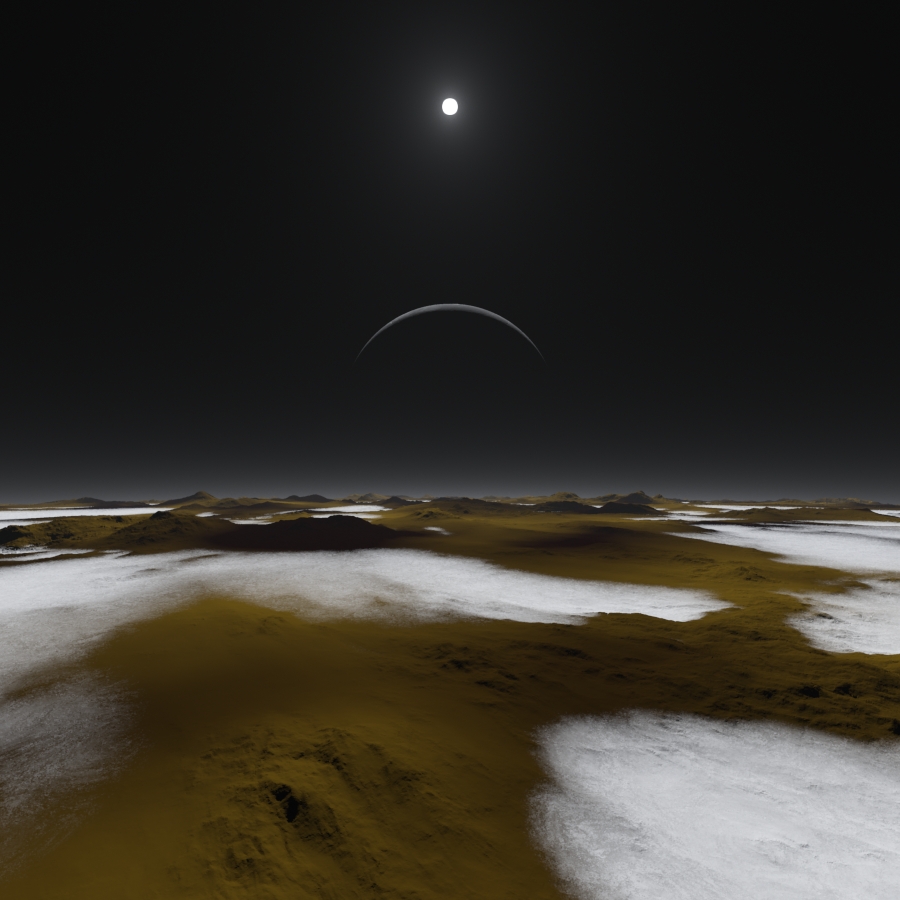
For example, two out of four small satellites of the dwarf planet, discovered in the new millennium, were named after the underworld of Greek mythology. The first was named Styx, after the river that Charon ferried the dead across. The second was named Cerberus, after the fearsome three-headed dog with a snake for a tail that guarded the entrance to the underworld.
On Pluto itself, there are numerous features associated with this theme. Examples include the Pandemonium and Tartarus Ridges. The former was named after the capital of Hell in John Milton’s poem “Paradise Lost,” and the latter after the abyss beneath the ancient realm of the dead, where the Olympian gods imprisoned their adversaries, the Titans.
Named after heroes from myths, the “fluctus” features on Pluto are characteristic relief forms formed by the outflow of liquid from its depths. They were named after the Greek god Dionysus, the slave Xanthus who accompanied him on his journey, the character Mopbe from African legends, and Pierre Porte from the French poem. All of them voluntarily traveled through hell.
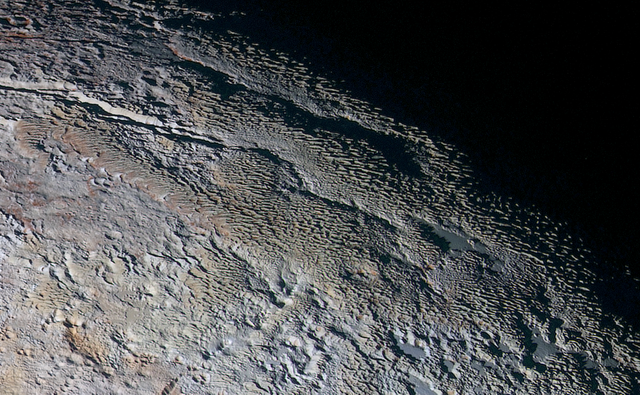
On Pluto, there are also long, low valleys or chasms. They, too, were given names of fictional travelers to the underworld. Here, you can encounter not only Odin’s son Hermod and his eight-legged horse Sleipnir, who journeyed to Helheim to retrieve his brother Baldr but also Sun Wukong, the Monkey King from Chinese mythology, as well as Dante’s guides through the circles of hell, Virgil and Beatrice.
In addition, there are dark spots of unknown nature on Pluto called “maculae.” They were named after malevolent gods and creatures from classical mythologies and literary works. For example, one of the maculae is named Morgoth, after an evil spirit from J.R.R. Tolkien’s fictional world of Middle-earth, and another is named Balrog, after a fiery spirit that served Morgoth. Another dark spot is called Cthulhu, named after a fictional dark deity created by H.P. Lovecraft, which combines features of a human, an octopus, and a reptile.
The Fantastic World of Charon
The team of scientists working with the New Horizons probe proposed giving objects on the surface of Charon names associated with science fiction or its authors. The International Astronomical Union has partially supported this proposal. Some of the names invented by scientists have become official, while others remain unrecognized.
Of course, the “hellish theme” is also present here. One of the most prominent features on the surface of Charon is a giant dark spot in its northern hemisphere. It formed due to the deposition of organic materials under extremely low temperatures. This region essentially represents a massive macula and has been named Mordor. In the fictional universe of J.R.R. Tolkien, Mordor is an inhospitable plain populated by orcs.
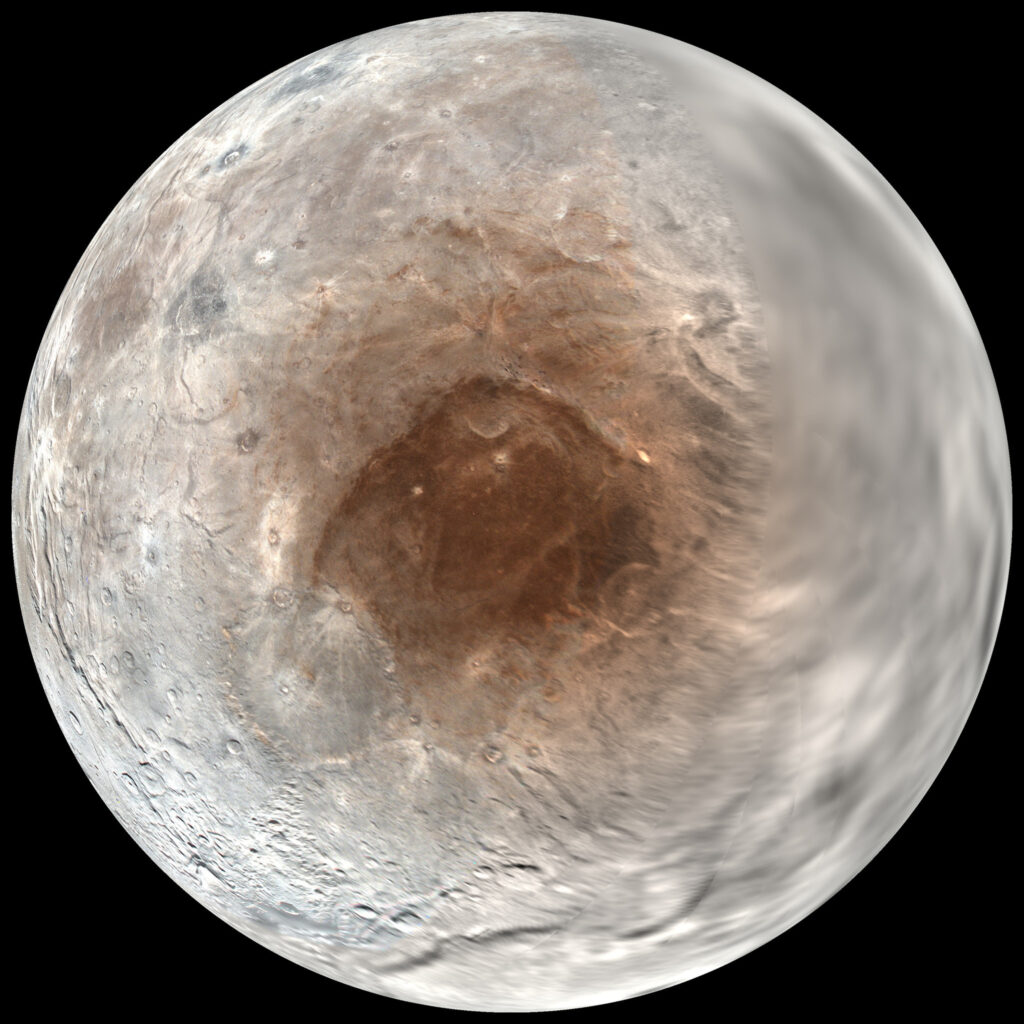
The massive icy upland on Charon is named Oz, after the magical land in the works of L. Frank Baum, and the largest crater is named Dorothy, after the girl who was carried there by a magical whirlwind in the original fairy tale.
Four authors of science fiction works have been honored by having features on Charon named after them: writers Arthur C. Clarke, Octavia Butler, Anne McCaffrey, and filmmaker Arthur C. Clarke (although they were actually named after the writer himself). Additionally, there are numerous craters and other topographical details named after characters from various works, including Luke Skywalker, Nasreddin Hodja, James Kirk, Ellen Ripley, and even Alice, who traveled through Wonderland and the Looking-Glass.
